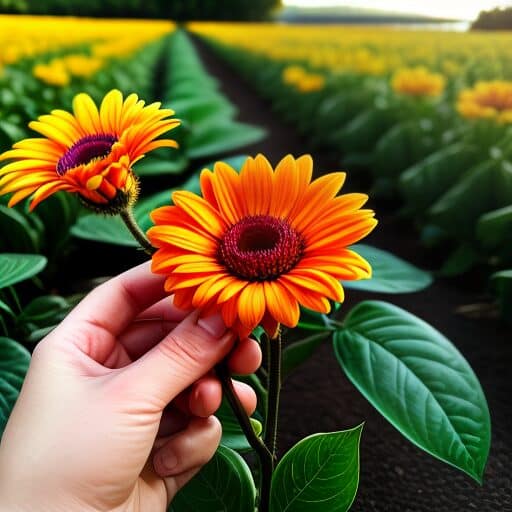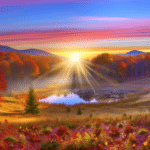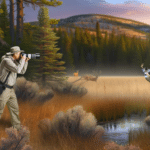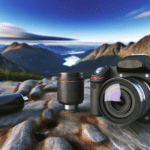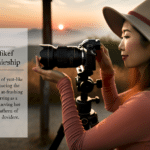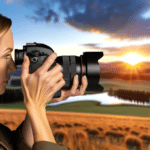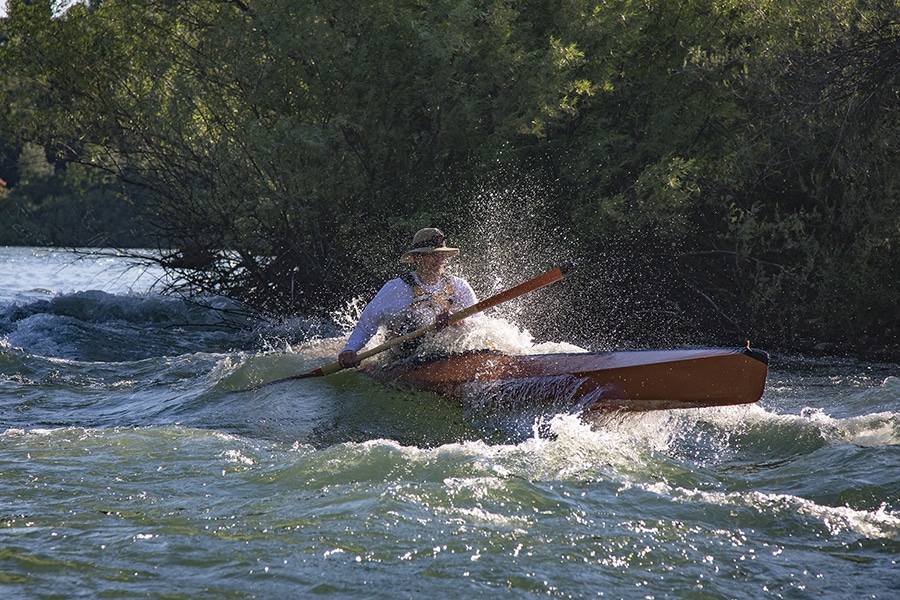Nature Photography Essentials
The art of nature photography encompasses capturing the essence of plants, flowers, and animals within their natural habitats. The task presents challenges due to the diverse range of subjects and their movements. However, the following tips will guide photographers through the process.
Enhancing Stability for Nature Shots
Utilizing a lightweight yet stable travel tripod can significantly enhance nature photography. It allows for versatile positioning, including leg adjustments for macro photography, and features a 360° panoramic ball head for swiftly changing targets.
Choosing the Optimal Lens
A well-known Boy Scouts motto, “always be prepared,” is equally applicable to nature photography. Selecting the right lens is vital, and generally, lenses with longer focal lengths are preferable. These may include zoom lenses with wide apertures, facilitating a clear subject focus against a soft, blurred backdrop. Understanding the distances between the foreground and background is crucial, and photographers should consider lenses with wide apertures like f/1.4, f/1.8, or f/2.8.
Isolating the Subject
Nature shots often feature a distinct subject, requiring photographers to separate it from the background. Achieving this involves creating distance between the foreground and background and utilizing a wider aperture to focus on the subject, resulting in a blurred background.
Focusing on Textures
Nature inspires with its colors, sounds, and patterns. Photographers should zoom in on natural textures such as tree bark or animal skin to uncover a hidden world of detail, possibly using a macro lens for greater magnification.
Understanding Your Subject
Studying the subject is crucial in nature photography. Understanding the subject’s behavior allows photographers to anticipate and capture significant moments. Knowledge of the subject can also lead to safer close-up photography.
Capturing Natural Context
For impactful nature photos, it is recommended to photograph subjects in their natural settings, although creative shots involving unnatural elements can also be intriguing.
Essential Gear for Nature Photography
In addition to lenses, photographers should not forget other essential items like a camera bag with spare batteries and lenses, a tripod, and appropriate clothing for the weather and terrain. Navigation tools like a map and compass are also important.
Selecting the Right Camera
The best camera is the one at hand, whether it’s a smartphone or a DSLR. Today’s smartphones offer features like smaller apertures and dual-lenses that enable the capture of compelling photos.
Utilizing Natural Light
Natural light, whether from the sun or moon, can greatly enhance nature photos, especially during the golden hours of sunrise and sunset.
Optimal Times for Nature Photography
Early mornings and late evenings offer advantages such as softer light and less crowded shooting locations, which is particularly beneficial when photographing wildlife.
Diverse Angles and Perspectives
Nature photography should reflect personal style and creativity. Exploring different angles and perspectives can help create unique images.
Advantages of Crop Sensor Cameras
Crop sensor cameras can be advantageous for nature photography due to their effective magnification of focal lengths, which is especially useful for photographing distant animals.
Respecting Wildlife and the Environment
It is imperative to minimize impact on natural environments by leaving no trace and respecting the wildlife and their habitats.
Conclusion
Nature photography enthusiasts are encouraged to share tips and favorite subjects or environments for outdoor photography. For those looking to enhance their skills, a course on landscape photography may be beneficial. Additional tips can be found in articles discussing high and low key wildlife photography.
